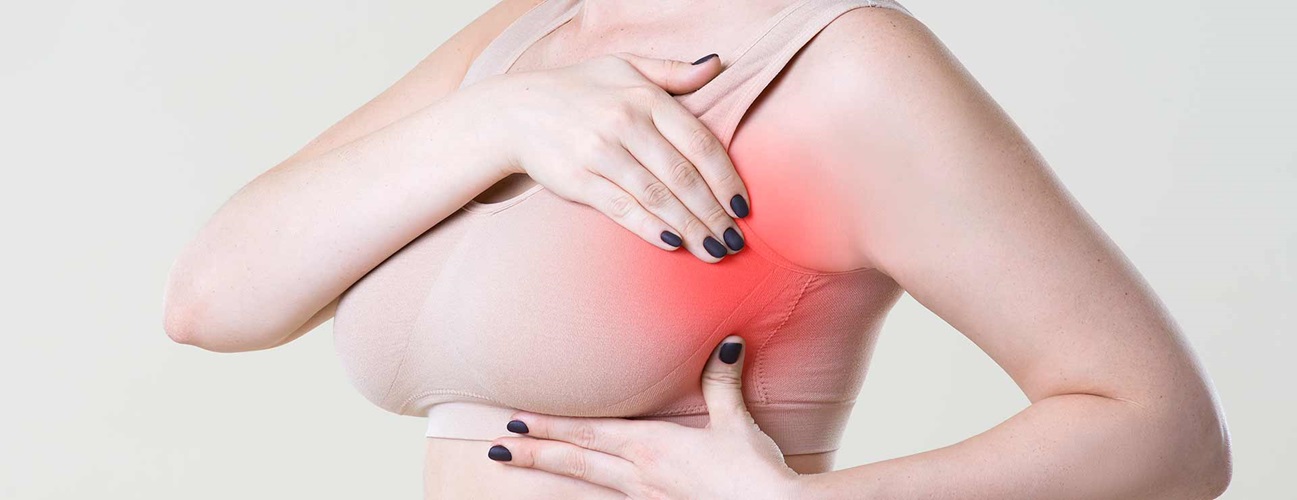Generally, a breast lump is a source of worry for most women although this shouldn’t be so as experts estimate that 60 to 80 percent of breast lumps are benign (especially in folks under 40).
However, it is a good thing that you pay enough attention to your body especially your breast health.
It is advised that you should visit a doctor any time you feel something “new” or “different” in your breasts as a medical professional is the only one who can tell if a breast lump is something to be concerned about. However, this doesn’t mean that every bump that appears in your breast is a sign of a serious health issue.
In this article, we will share how to tell abnormal lumps from normal ones so that you don’t fret unnecessarily if you do happen to find a lump.
Abnormal Breast Lumps Frequently Feel Hard To The Touch
What’s Normal:
The breasts are pretty lumpy in and of themselves (the tissues, fat, and milk ducts and lobules inside our breasts often feel bumpy) but the bumpy areas should feel fairly flexible.
What’s Abnormal:
An abnormal breast lump typically feels more solid and does not move around as easily under the skin as a cyst. An abnormal, hard-to-move lump might be a tumour.
Abnormal Breast Lumps Are Often Accompanied By Other Breast Changes
What’s Normal:
Though you shouldn’t ignore or blow off any changes to how your breasts feel or look, you should pay extra attention if a lump has developed while other changes have occurred in your breasts, as well.
What’s Abnormal:
A dangerous breast lump may be accompanied by other physical changes — including nipples that have suddenly inverted, dimpled skin on the breast, or other changes to the appearance of the breast. Changes to the size or shape of your breast are also a cause for alarm. Nipple discharge that is bloody, or appears suddenly is something to pay special attention to.
The medical information provided in this article is provided as an information resource only. This information does not create any patient-physician relationship and should not be used as a substitute for professional diagnosis and treatment
Source: Guardian Newspaper




